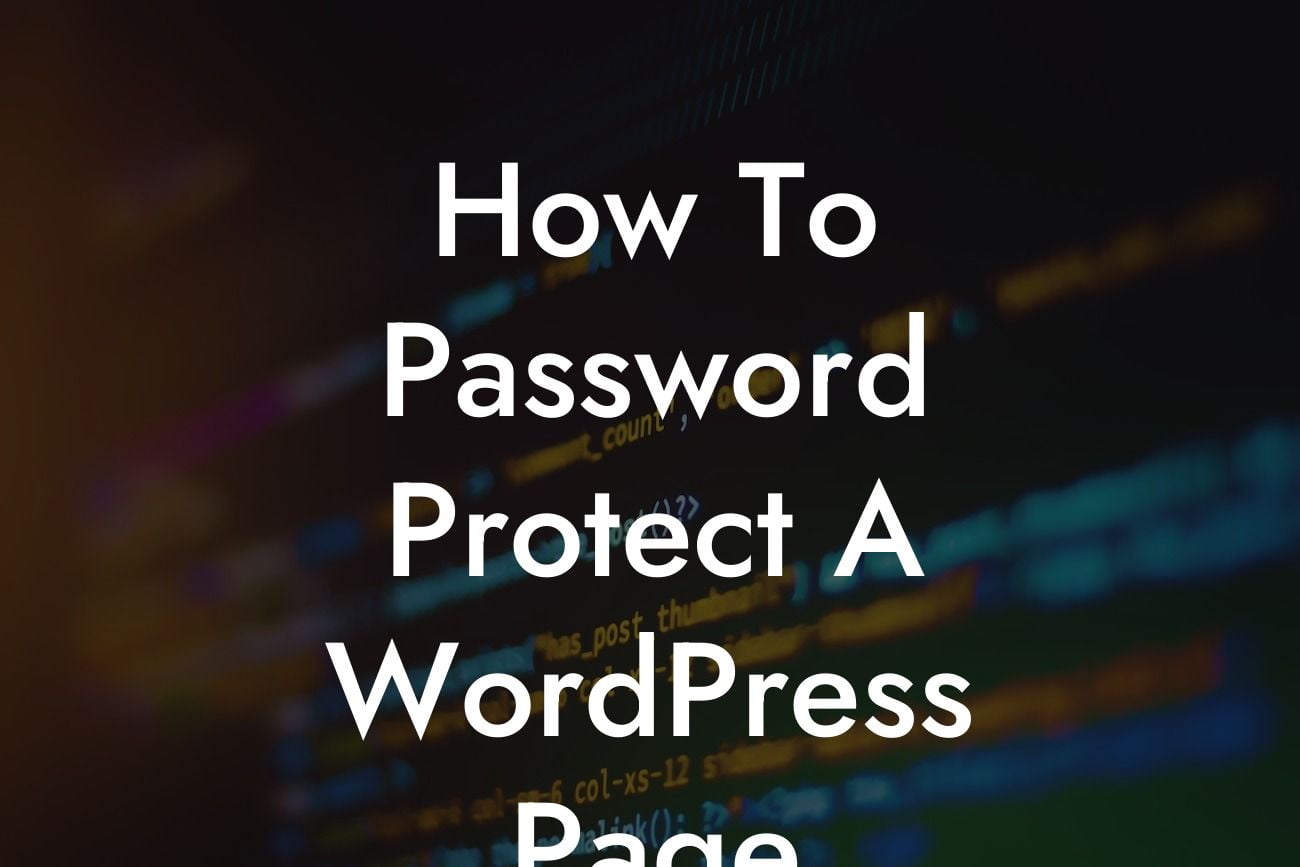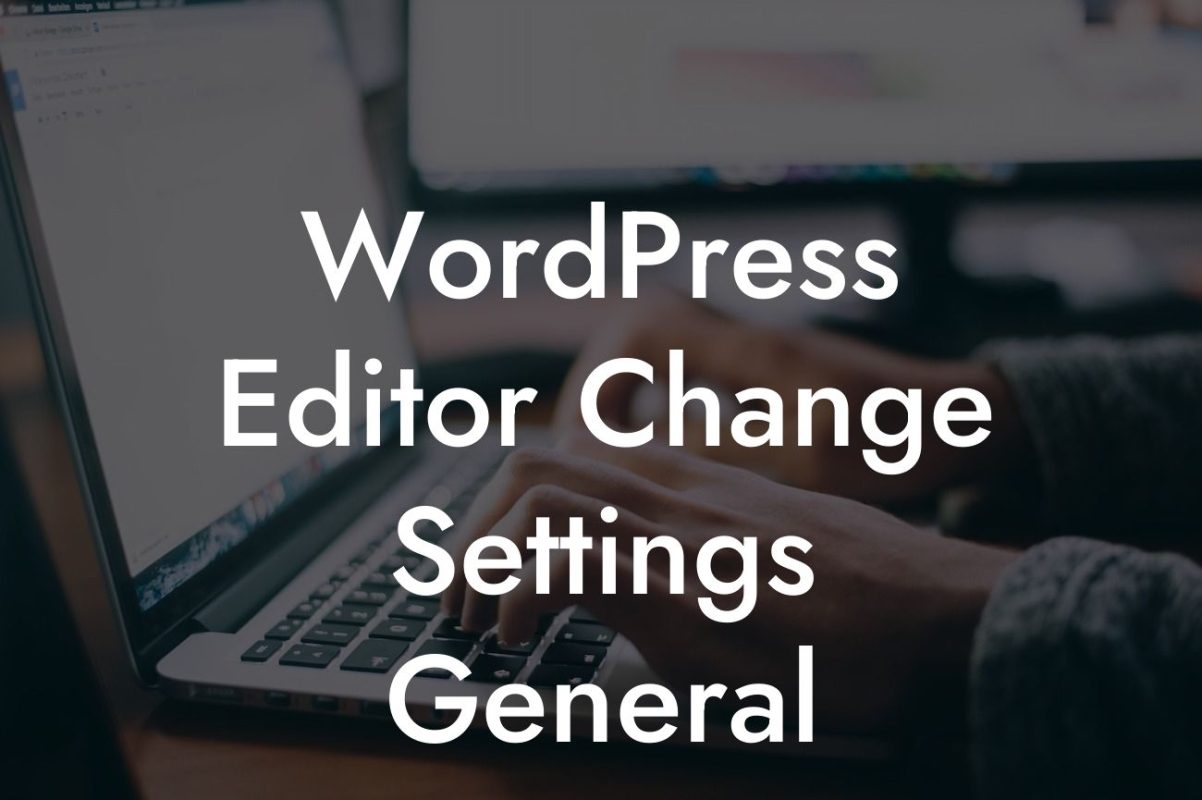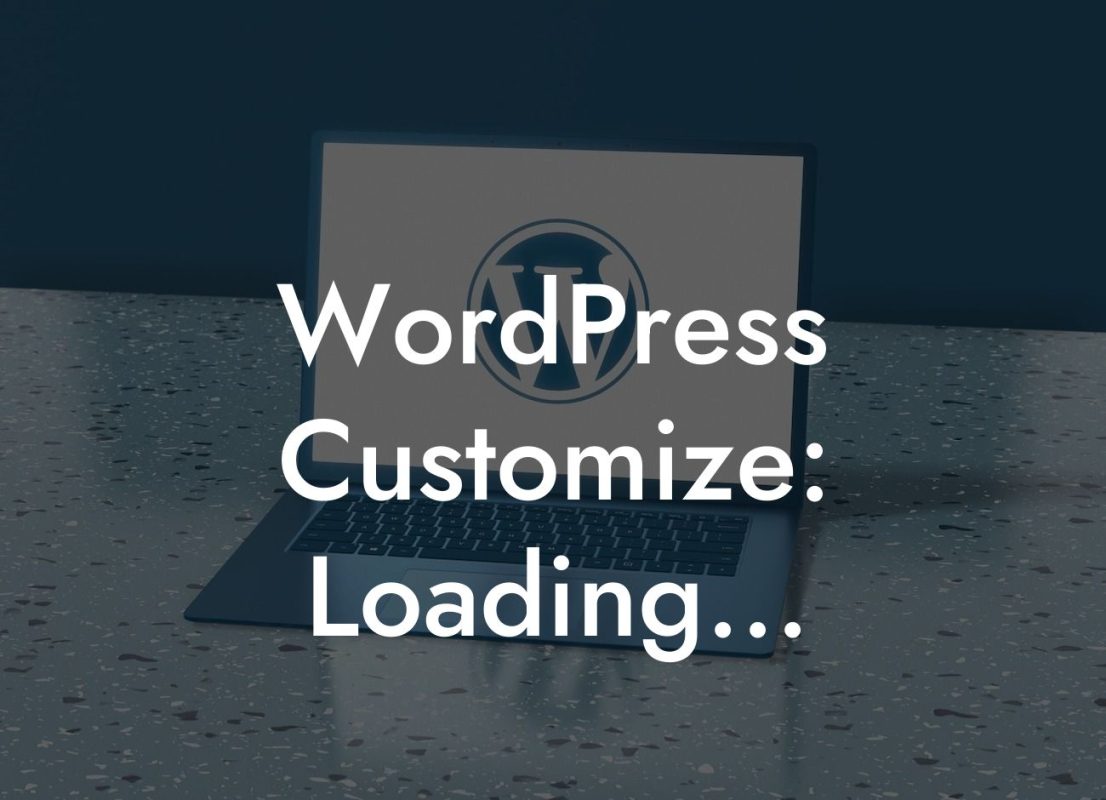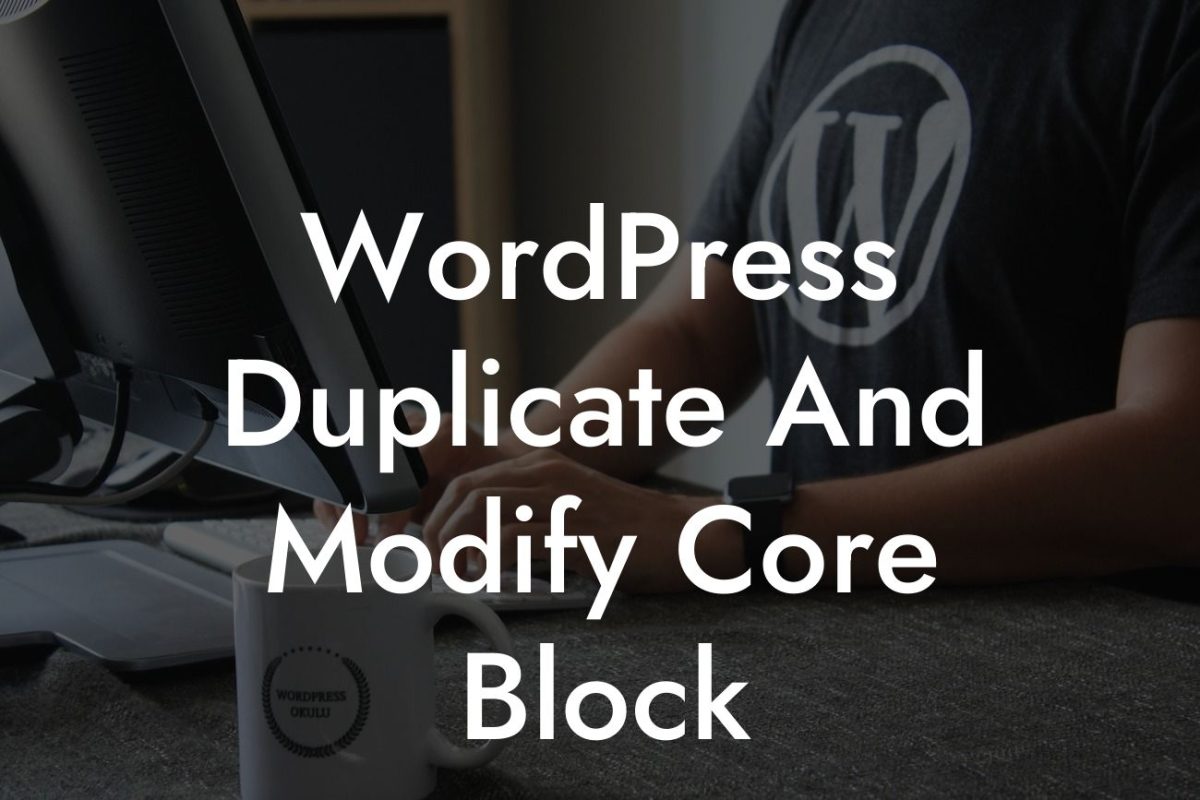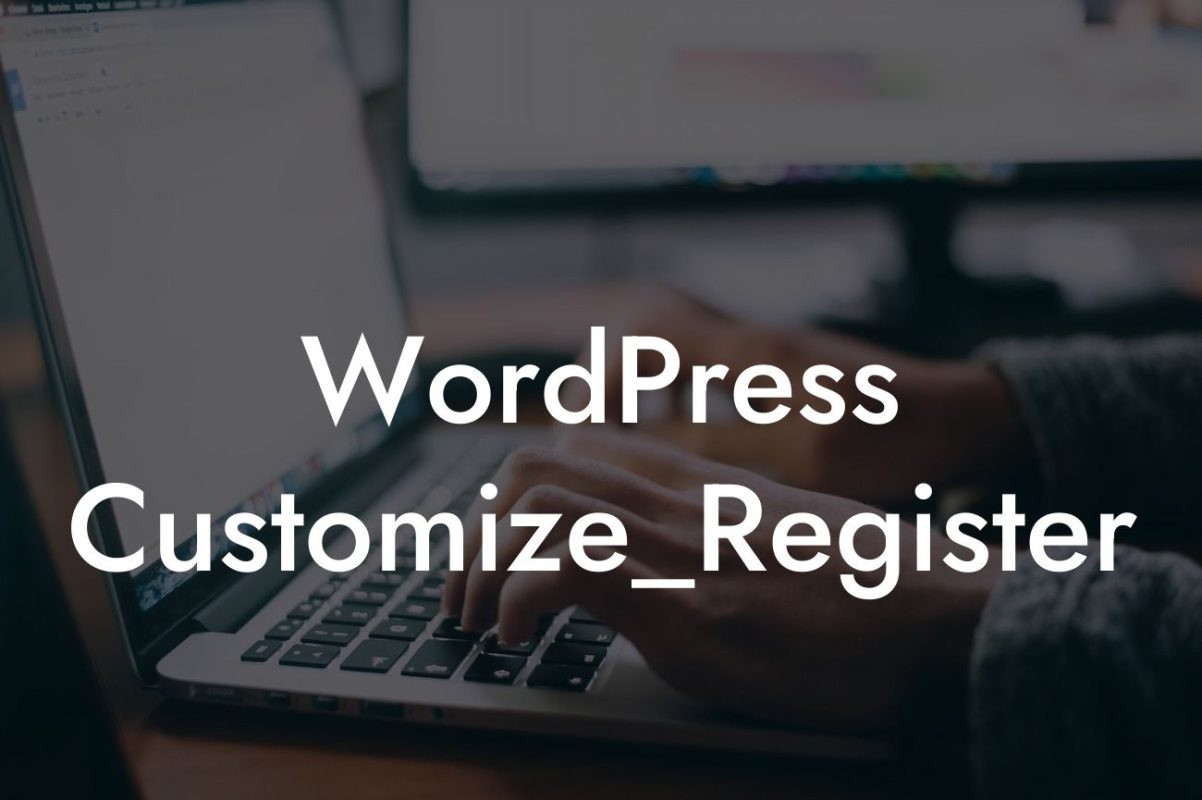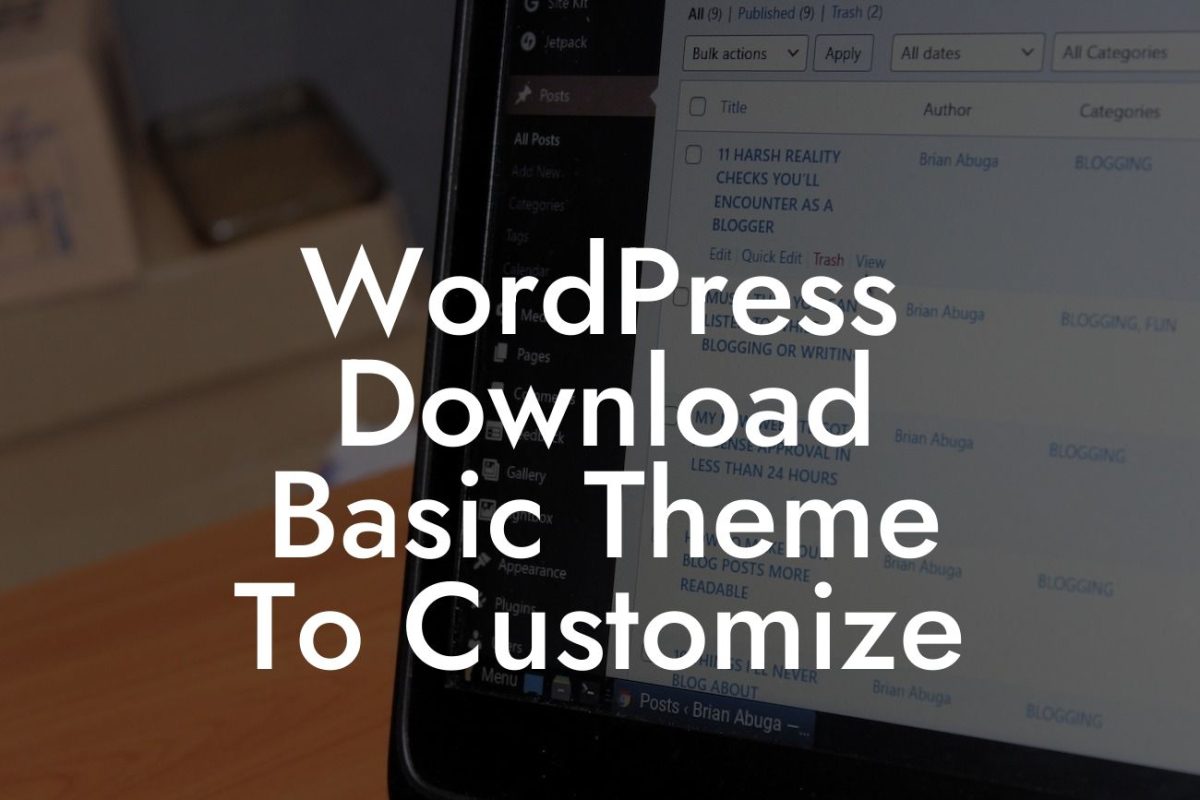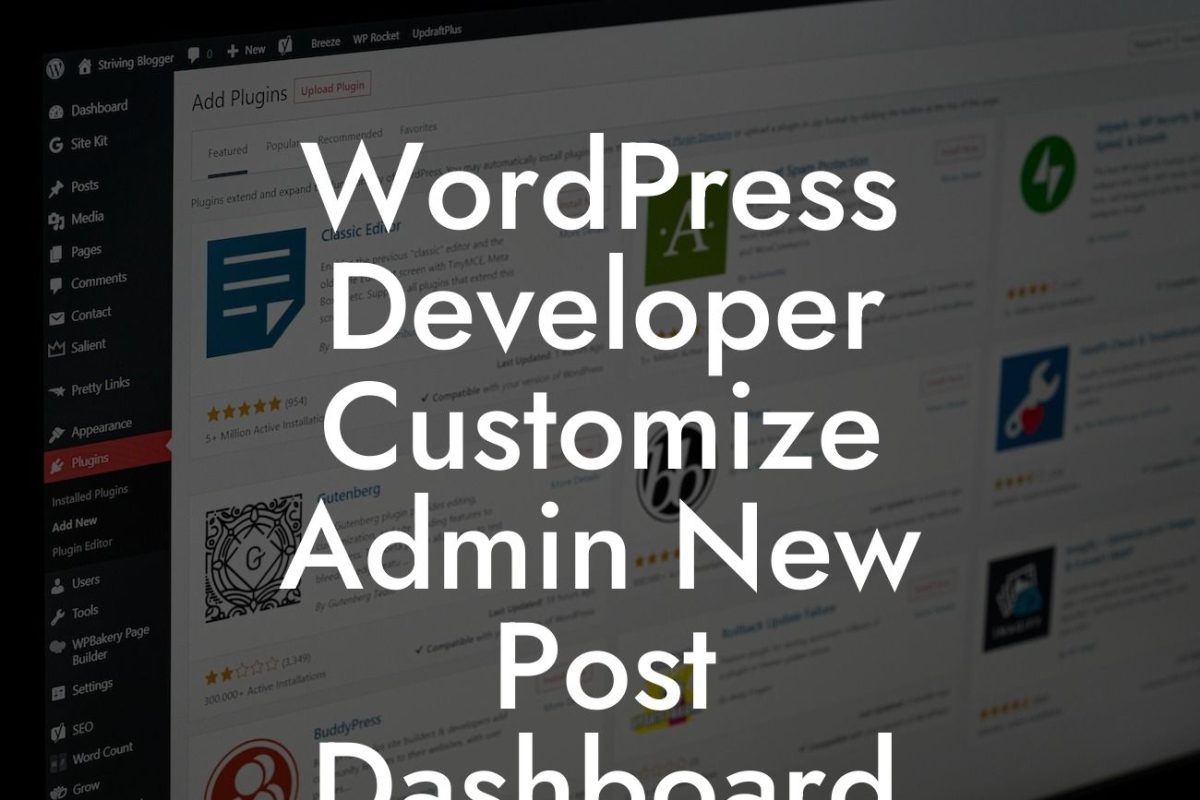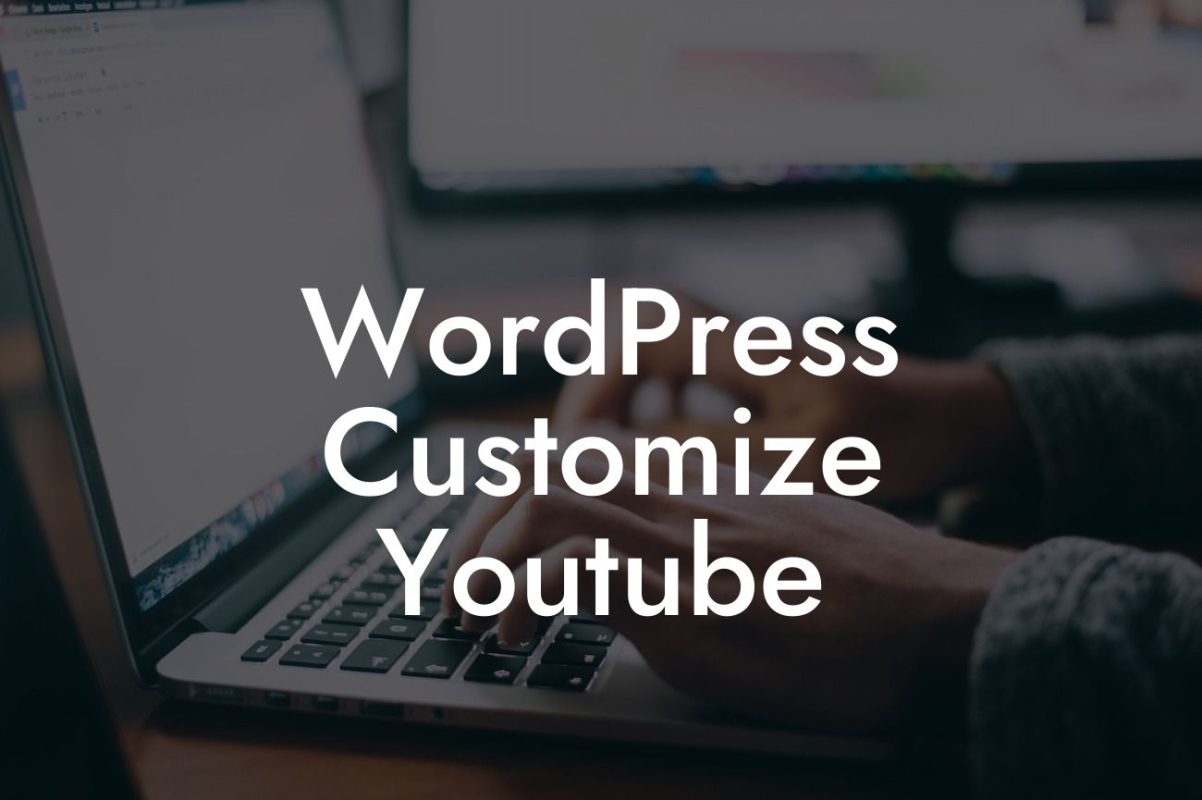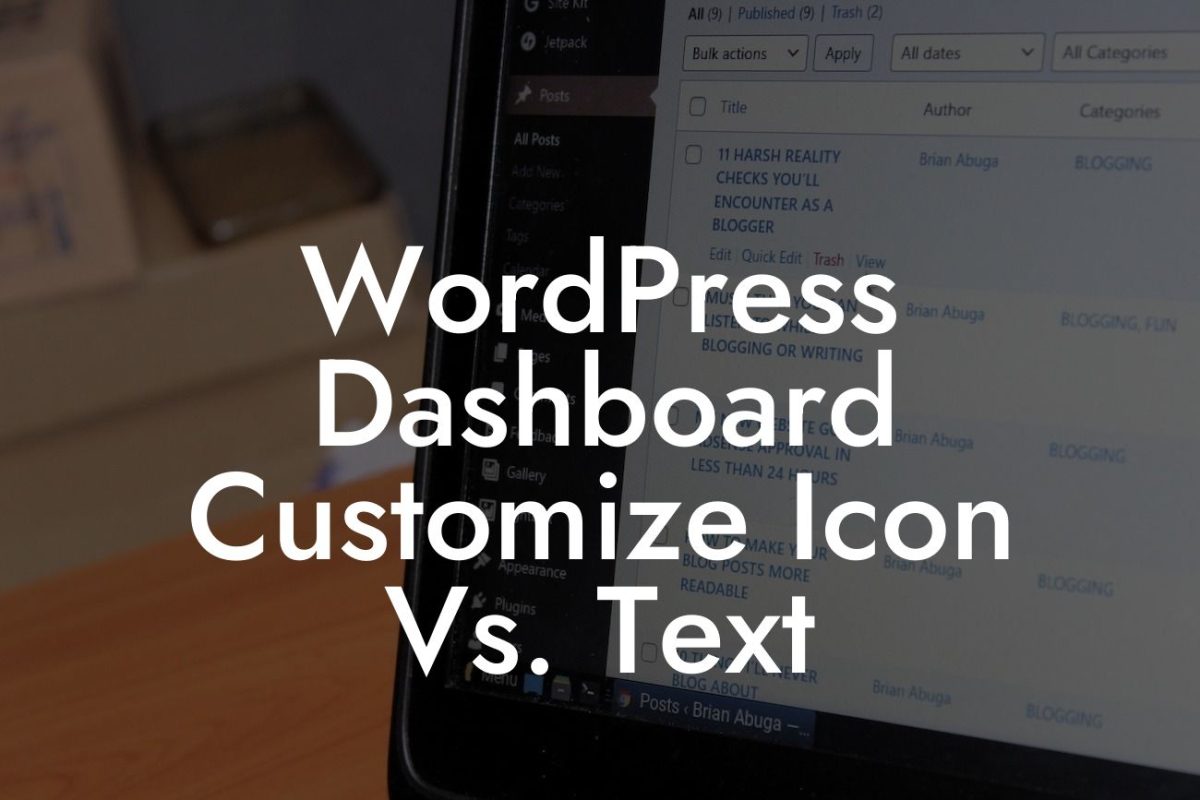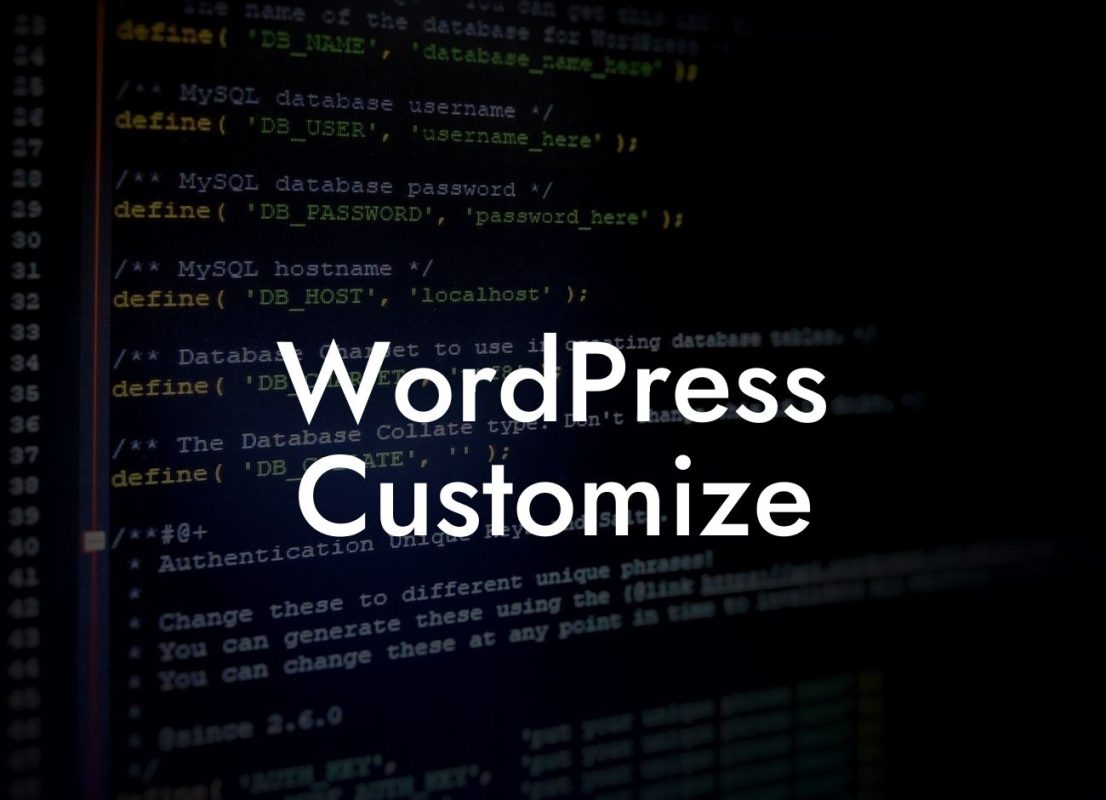Password protecting a WordPress page can be crucial for safeguarding sensitive information and controlling access to certain content on your website. Whether you want to restrict access to a members-only area, provide exclusive content to selected individuals, or protect confidential data, this guide will take you through the process of setting up password protection on your WordPress page.
Password protection is a valuable security measure that ensures only authorized individuals can access specific content on your website. Follow these steps to password protect a WordPress page:
1. Install and Activate a Password Protect Plugin:
Before you can password protect a WordPress page, you'll need to install and activate a suitable password protection plugin. Browse through DamnWoo's collection of awesome plugins, designed exclusively for small businesses and entrepreneurs, to find the perfect fit for your needs.
2. Configure Plugin Settings:
Looking For a Custom QuickBook Integration?
Once the plugin is activated, access its settings to configure your password protection preferences. Set a password for the desired page, and choose any additional options provided by the plugin, such as setting an expiration date for the password or customizing the login form.
3. Apply Password Protection:
After configuring the plugin settings, navigate to the page you want to password protect. Within the page editor, you'll find a section provided by the plugin where you can enable password protection. Toggle the protection option on and save the changes.
4. Test the Password Protection:
It's crucial to test the password protection functionality before making the page accessible to your audience. Open a private browsing window or log out of your WordPress account to simulate the experience of a non-authorized user. Enter the set password and ensure that the protected page remains inaccessible until the correct credentials are provided.
How To Password Protect A Wordpress Page Example:
Imagine you run a membership-based website where you offer exclusive content to your subscribers. By password protecting certain pages, you can ensure that only paying members can access this valuable material. For instance, if you offer online courses, you can create detailed lesson pages and password protect them to ensure only enrolled students can view the content.
Congratulations! You have successfully learned how to password protect a WordPress page. By implementing this security measure, you can better control access to your valuable content, protect sensitive information, and provide exclusive experiences to your audience. Don't forget to explore other informative guides on DamnWoo and check out our amazing collection of WordPress plugins to supercharge your website's success. Remember, at DamnWoo, we're here to elevate your online presence and help your small business thrive.

